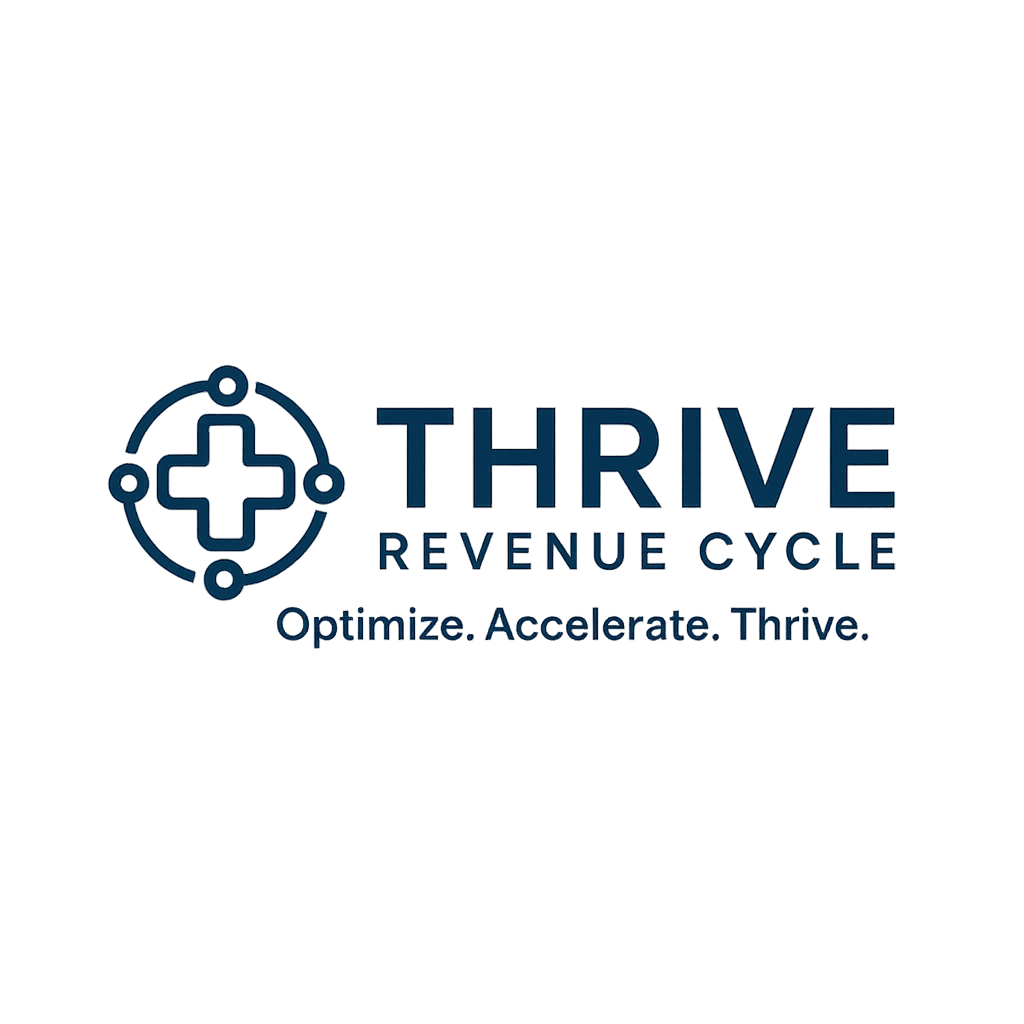Your cart is currently empty!
Billing isn’t a single task—it’s a process with dozens of interdependent steps. But when too many people are responsible for too many pieces of that process, things start to slip. Claims get stuck in handoffs, accountability gets diluted, and cash flow suffers. If your team is constantly saying, “I thought someone else did that,” it’s a sign your billing ownership model is broken.
The Problem With Fragmented Responsibility:
In many practices and billing departments, roles evolve without structure. Front desk staff handles eligibility. Coders drop charges. Billers submit claims. AR reps follow up. And compliance oversees it all—on paper. But in practice, this web of touchpoints often means no one truly owns the outcome of a claim from start to finish.
This leads to:
- Gaps in communication: One team assumes another fixed the issue
- Redundant work: Multiple people checking the same portal, following up on the same account
- Delayed responses: Tasks get passed around instead of resolved
- Increased errors: Lack of accountability fosters “good enough” work
The result? Slower reimbursements, inconsistent performance, and frustrated teams.
Why Ownership = Acceleration:
Billing functions best when each claim—or group of claims—has a clear path and a single point of accountability. That doesn’t mean one person does everything—but it does mean one person ensures it gets done.
Organizations that streamline billing ownership see measurable benefits:
- Faster resolution times from start to finish
- Fewer dropped tasks or “forgotten” claims
- Increased employee engagement, since responsibilities are clear and manageable
- More useful reporting, with performance tied to clear owners
Models That Work in the Real World:
There’s no one-size-fits-all approach—but here are three effective ownership models:
- Payer-based ownership: Each team member owns all billing and follow-up tasks related to specific payers. Great for practices with complex contracts and high payer volume.
- Provider-based ownership: Billing staff are assigned to specific providers or specialties, ensuring deep knowledge of common coding patterns and documentation issues.
- Lifecycle-based ownership: A single “billing coordinator” manages claims from charge entry through resolution, supported by specialists (e.g., coders, AR reps) on an exception basis.
Each model brings clarity, accountability, and—most importantly—momentum.
How Thrive Helps Teams Move Faster (and Cleaner):
At Thrive Revenue Cycle, we help organizations identify the best billing ownership model based on their team size, specialty mix, and payer profile. We then design custom workflows, handoff checkpoints, and KPI dashboards to support that model. The result is less finger-pointing—and faster collections.
Conclusion:
If your billing process feels like a game of telephone, it’s time to draw a new map. Claims need clear ownership, and your team needs defined lanes. Because when everyone is responsible, no one is—and that’s where revenue gets stuck.

